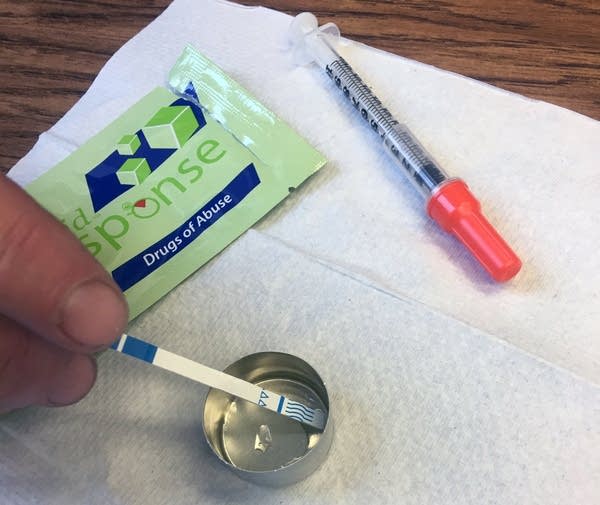As fentanyl seeps into drugs, activists urge users to test

A test strip is used to test for the presence of fentanyl.
Courtesy of Southside Harm Reduction Services
Go Deeper.
Create an account or log in to save stories.
Like this?
Thanks for liking this story! We have added it to a list of your favorite stories.


